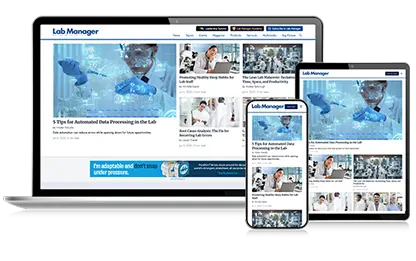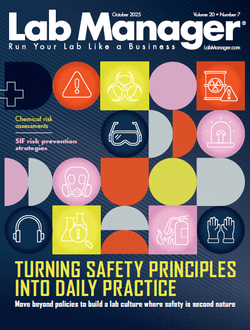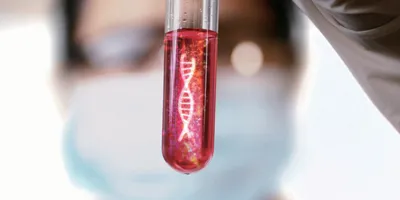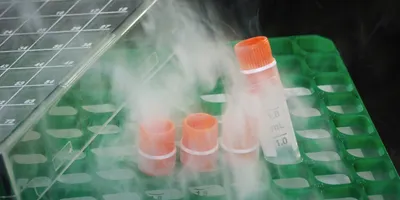Wearing contact lenses in the laboratory is a debated topic among safety professionals. While contact lenses provide convenience and clear vision for many users, their use in hazardous environments can pose unique risks. This article explores the pros and cons of wearing contact lenses in the lab and offers safety tips for minimizing potential hazards.
Why the Debate? Risks of Wearing Contact Lenses in the Laboratory
Contact lenses are commonly used to correct vision, but their presence in a laboratory setting can present several risks:
Chemical Exposure: There is a misconception that contact lenses trap chemicals, fumes, or vapors against the eye. However, studies and safety guidelines, including those from NIOSH, indicate that contact lenses do not increase chemical exposure risks when appropriate eye protection is used.
Thermal Hazards: Direct exposure to high heat or splashes from hot liquids can damage both the lenses and the eyes. While contact lenses themselves are unlikely to exacerbate thermal injuries, wearing safety goggles or shields mitigates this risk.
Compatibility with PPE: Modern safety guidelines confirm that contact lenses are compatible with safety goggles and face shields, provided the protective equipment fits properly. Contact lenses do not inherently reduce the effectiveness of PPE.
Emergency Situations: In the event of chemical splashes, immediate use of an eyewash station is critical. Contact lenses can typically remain in place during flushing unless otherwise advised, as they do not impede the eyewash process.
Risk of Lens Displacement: Laboratories with high airflow of very low humidity conditions may cause lenses to dry out or shift. Using rewetting drops and ensuring proper eye protection can address this issue effectively.
Benefits of Wearing Contact Lenses in the Lab
Despite the risks, wearing contact lenses can have advantages in the laboratory when proper precautions are taken:
Improved Vision: Contact lenses offer clear peripheral vision, unlike glasses, which can have limited visibility due to frames or scratched lenses.
Comfort: For individuals who find glasses cumbersome or incompatible with certain PPE, contact lenses may be a more comfortable option.
Convenience: For those with significant refractive errors, contact lenses can be a practical solution when transitioning between lab and non-lab settings.
Safety Guidelines for Wearing Contact Lenses in the Lab
If you choose to wear contact lenses in the lab, follow these best practices to mitigate risks:
Always Wear Safety Goggles
Use ANSI-approved safety goggles or face shields over your contact lenses to protect against splashes, fumes, and debris.
Ensure that the goggles fit securely to prevent gaps that could expose the eyes to hazards.
Communicate with Supervisors and Colleagues
Inform your lab supervisor and colleagues that you are wearing contact lenses. This ensures that emergency responders are aware of the potential need to remove lenses in case of an accident.
Follow Chemical Safety Protocols
Avoid handling volatile or highly reactive chemicals without adequate eye protection.
Work in well-ventilated areas or at fume hoods to minimize exposure to harmful vapors.
Maintain Proper Hygiene
Wash your hands thoroughly before inserting or removing contact lenses to prevent contamination.
Avoid touching or adjusting your lenses while working in the lab.
Use Compatible PPE
Ensure that your PPE, such as safety goggles or full-face shields, is compatible with contact lenses and provides adequate eye protection.
Consider anti-fog coatings or inserts for goggles to maintain visibility.
Have an Emergency Plan
Familiarize yourself with the location and operation of eyewash stations.
Keep a spare pair of glasses in the lab in case you need to remove your contact lenses during an emergency.
Situations Where Contact Lenses Should Be Avoided
While contact lenses can be worn safely in many laboratory settings, there are situations where they should be avoided:
High-Risk Environments
Labs working with highly corrosive chemicals, such as hydrofluoric acid, or extreme heat sources may require stricter precautions. Hydrofluoric acid, for example, can penetrate lenses and cause severe damage to the eyes. In such cases, the use of tightly fitted goggles or full-face shields is mandatory, and contact lenses should be avoided to minimize risks.
Biological Laboratories
Handling infectious agents or working in environments where biological contamination is a concern may necessitate avoiding contact lenses to reduce the risk of exposure. Contact lenses can trap pathogens close to the eye, making thorough decontamination more difficult during an emergency. Protective goggles or face shields should always be worn in these settings.
Failure of Proper PPE
If appropriate eye protection is unavailable or does not fit correctly, contact lenses should not be worn. Poorly fitting goggles or shields can leave the eyes vulnerable to splashes, vapors, or debris. In such situations, ensuring the availability of properly rated PPE is critical before considering the use of contact lenses.
Final Thoughts: Making an Informed Decision
Wearing contact lenses in the laboratory requires a balance between convenience and safety. While they can provide clear vision and comfort, they must always be used with proper protective equipment and adherence to safety protocols. Consult your lab’s safety officer or guidelines to determine whether contact lenses are permitted in your specific work environment.
By understanding the risks, benefits, and necessary precautions, laboratory personnel can make informed decisions to protect their vision while maintaining productivity.
Enhance your laboratory safety knowledge with the Lab Manager Academy Safety Certificate. Visit Lab Manager Academy today to learn more!
Further Reading
- NIOSH Current Intelligence Bulletin 59: Contact Lens Use in a Chemical Environment
- American College of Occupational and Environmental Medicine Guidelines on Contact Lens Use in Industrial Settings
- Eye Safety in the Laboratory: Choosing the Right Protective Equipment
This content includes text that has been generated with the assistance of AI. Lab Manager’s AI policy can be found here.
Wearing contact lenses in the laboratory is a debated topic among safety professionals. While contact lenses provide convenience and clear vision for many users, their use in hazardous environments can pose unique risks. This article explores the pros and cons of wearing contact lenses in the lab and offers safety tips for minimizing potential hazards.
Why the Debate? Risks of Wearing Contact Lenses in the Laboratory
Contact lenses are commonly used to correct vision, but their presence in a laboratory setting can present several risks:
To continue reading this article, sign up for FREE to

Membership is FREE and provides you with instant access to eNewsletters, digital publications, article archives, and more.












